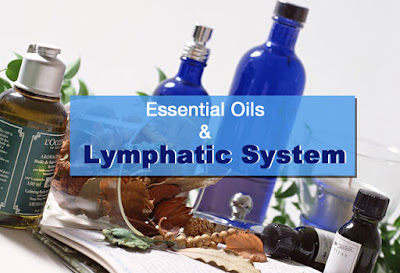 |
| Source: Eating Well Magazine |
What’s not to love about chocolate? According to an article in
Appetite, chocolate is the most commonly craved food among women. (No surprise here.)
Chocolate melts just a tad below body temperature so it literally and lusciously “melts in your mouth.” To top it all off, since chocolate is made from the cocoa beans of the
Theobroma cacao fruit tree, it is rich in flavonoids, more specifically, flavanols, which are phytochemicals and antioxidants that can be heart healthy.
Antioxidants counteract oxidation, a harmful chemical reaction that takes place in your body. For example, antioxidants can help to protect the “bad” LDL cholesterol from becoming oxidized and contribute to the hardening of the arteries and heart disease. In addition to being an antioxidant, flavanols have other heart-healthy properties.
Studies suggest that cocoa flavanols may help lower blood pressure. High blood pressure increases the risk for heart disease. Even though milk chocolate, black tea, blueberries, strawberries, cherries, grapes, apples, and strawberries also contain flavanols, dark chocolate, by far, contains a higher concentration of this phytochemical.
Before you start passing out the chocolate bars in celebration, the
million dollar question is exactly how much dark chocolate should you eat as sweet treat for good health? The exact amount of dark chocolate that can be enjoyed to reap heart healthy benefits isn’t currently known. However, soem
research suggest that 1/2 ounce to one ounce weekly could be beneficial.
Is there a downside to consuming this amount of dark chocolate? There could be. An ounce of dark chocolate provides 170 calories. If you don’t compensate for these calories elsewhere in your diet, there could be an extra 2 1/2 pounds of you on the bathroom scale by year’s end. A decade of noshing on chocolate could add up to an extra 20 pounds. Since obesity increases the risk of heart disease, eating lots of chocolate weekly may not appear to be such a sweet idea.
It may make better sense to use dark chocolate to replace an existing weekly dessert choice, such as ice cream, cake, or cookies. To avoid over-consuming dark chocolate, consume it with low calorie, flavanol-rich fruit to help you keep to a more reasonable, one ounce portion and also gain a bonus of additional flavanols from the fruit.
Try this:
1. Melt
dark chocolate in a microwavable bowl.
2. Place a variety of flavanol-containing fruit, such apple slices, blueberries, and strawberries on
a dessert plate.
3. Dip the fruit into the ounce of melted dark chocolate.
Double Bonus tip: Brew up a cup of black tea to add more flavanols to your healthy dessert.
Be well, Joan
Follow Joan on Twitter at: joansalgeblake








.jpg)

.jpg)







